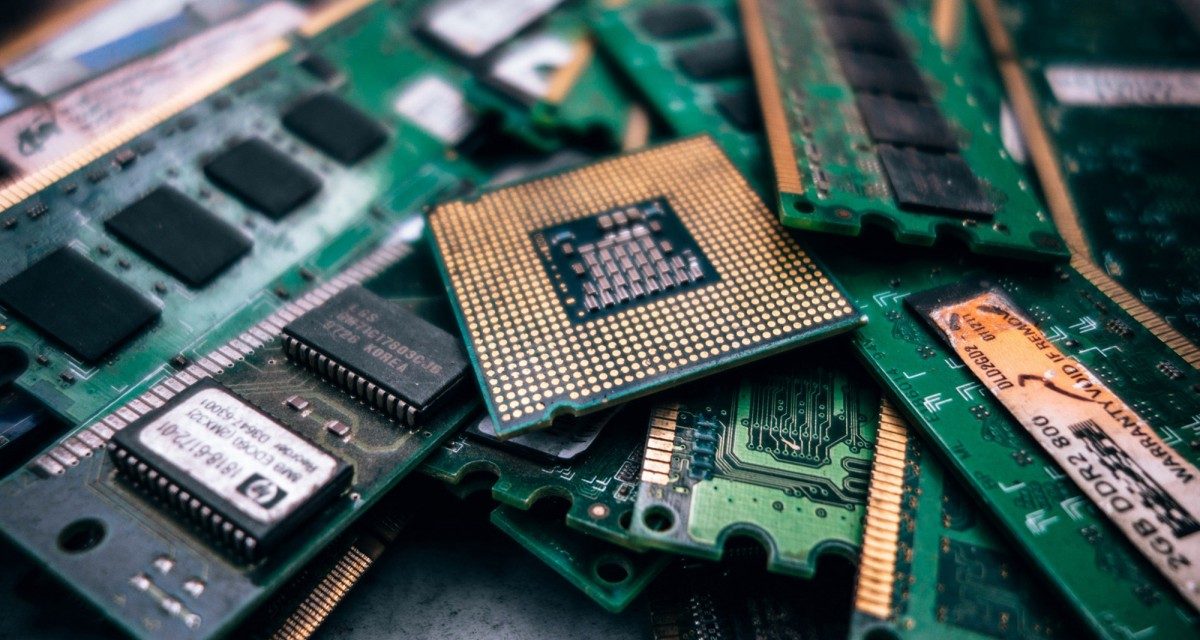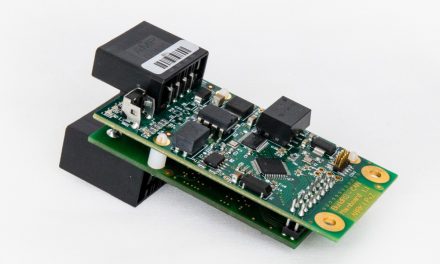Global semicon industry likely to grow +4.4pc in 2019: Dr. Wally Rhines, Mentor

Happy new year, to all of you. Here are some comments from a discussion I had recently with Dr. Walden C. Rhines, CEO Emeritus of Mentor, A Siemens Company, on the global semiconductor industry trends for the year 2019.
Semiconductor industry in 2018, and 2019
First, how did the global semiconductor industry perform last year? And, what is the way forward in 2019?

Dr. Wally Rhines: 2018 was another strong growth year for the global semiconductor. IC bookings for the first 10 months remain above 2017 levels and silicon area shipments for the last six quarters have also been above the trends line, with fourth quarter YoY growth 10 percent. And, IC revenues overall continue to have strong double-digit growth for 2018, with fourth quarter YoY growth of nearly 23 percent.
However, analysts are expecting much more modest growth in 2019. Individual analyst predictions for growth in 2019 vary from -2 to +8 percent, with the average forecasts at +4.4 percent.
Much of this is due to the softening memory market, along with concerns about tariffs, inflation and global trade war. While the rest of the IC business has been relatively strong with Samsung and Intel noting solid demand for ICs for servers and PCs, sentiment by senior managers of semiconductor companies is near a record low level. So, I’m not expecting much growth, if any, in 2019 and more likely a decline.
EDA in 2019
On the same note, how is the global EDA industry performing, and what’s the path in 2019?
Rhines: Revenue growth of the EDA industry continues to be remarkably strong, fueled by new entrants into the IC design world, like networking companies (e.g. Google, Facebook, Amazon, Alibaba, etc.) and automotive system and Tier1 companies, as well as a plethora of new AI-driven fabless semiconductor start-ups. Design activity precedes semiconductor revenue growth so it would not be surprising to continue to see strong EDA company performance even with a weak semiconductor market in 2019.
EDA venture funding has rebounded, reaching a 6-year high of $16.5M showing a renewed confidence in the future of EDA. The major companies all have sighted better than expected results. On the semiconductor side of EDA there seem to be more technology challenges than the industry has faced in a long time.
Some of those include new compute architectures, the emergence of photonics, increased lithographic complexities involving EUV and other techniques, new and more complex packaging, massive increases in data, and the multiplication of sources of design data (often created according to differing standards).
The challenges on the system side of EDA are multiplying as expected. It is becoming more difficult to be at the leading edge when designing end-products in silos. Embedded software, mechanical, PCB, packaging, electrical interconnect, networking (access to the intranet) and security are just a few of the domains that need to work closer together in a more integrated manner. The increasing complexity is also making each of the domains more challenging. This all pushes new materials and methodologies into each of the domains listed above.
Five trends in semicon for 2019
I wanted to find out about the top five trends in semicon for 2019.
Rhines: The top five semiconductor technology trends include:
* the ongoing ramp of next-generation technologies, led by Machine Learning, Artificial Intelligence and cloud, and SaaS demand on the datacenter,
* the roll-out of IoT – especially in manufacturing,
* 5G development,
* computing on the edge, and
*the increasing semiconductor content within electrical devices.”











